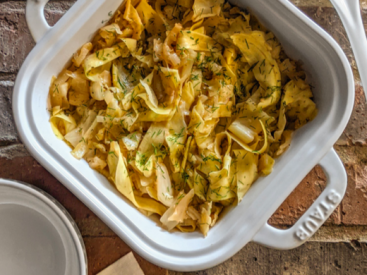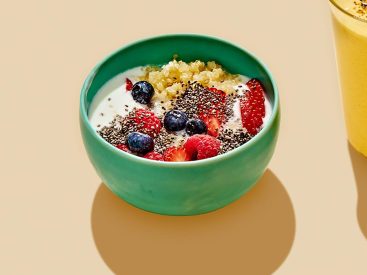WHEN I LEARNED recently that I was deficient in vitamin D, it was no great surprise. The pandemic had me spending an inordinate amount of time indoors. As another winter set in along with virus variants, my doctor stressed the importance of the “sunshine vitamin.” According to a 2018 […]
Delicious!
Delicious!



